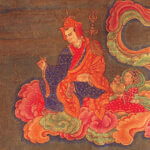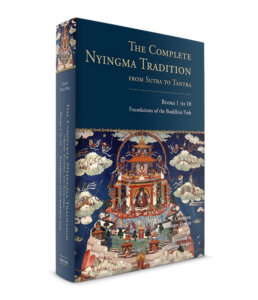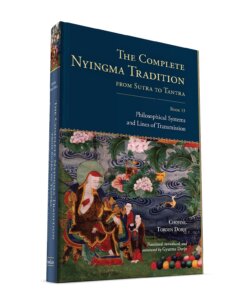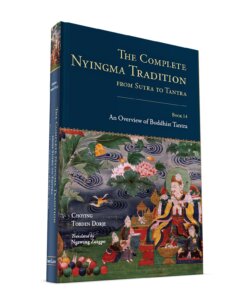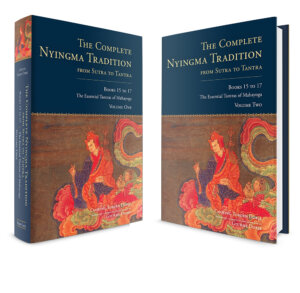This volume presents the philosophical systems of India and Tibet, according to the writings of Longchen Rabjam and the revelations of Orgyan Lingpa. First, it discusses the views attributed to classical Hinduism, Jainism, materialism, and nihilism. Second, it describes the standpoints of the Vaibhashika and Sautrantika exponents of the lesser vehicle, exemplified by pious attendants and hermit buddhas, and the Cittamatra (“mind only”) and Madhyamaka (“middle way”) commentators of the great vehicle, exemplified by great bodhisattva beings. Third, it analyzes the inner and outer vehicles of the Buddhist tantras, with an emphasis on the three classes of the great perfection. Fourth, it documents the lines of philosophical transmission within Tibet, including Bon, Nyingma, Kagyu, Sakya, Kadampa, and Geluk. It concludes with an extract from a well-known treatise of the Fifth Dalai Lama, applying the techniques of consequential reasoning to the first chapter of Vasubandhu’s Treasury of Phenomenology.

